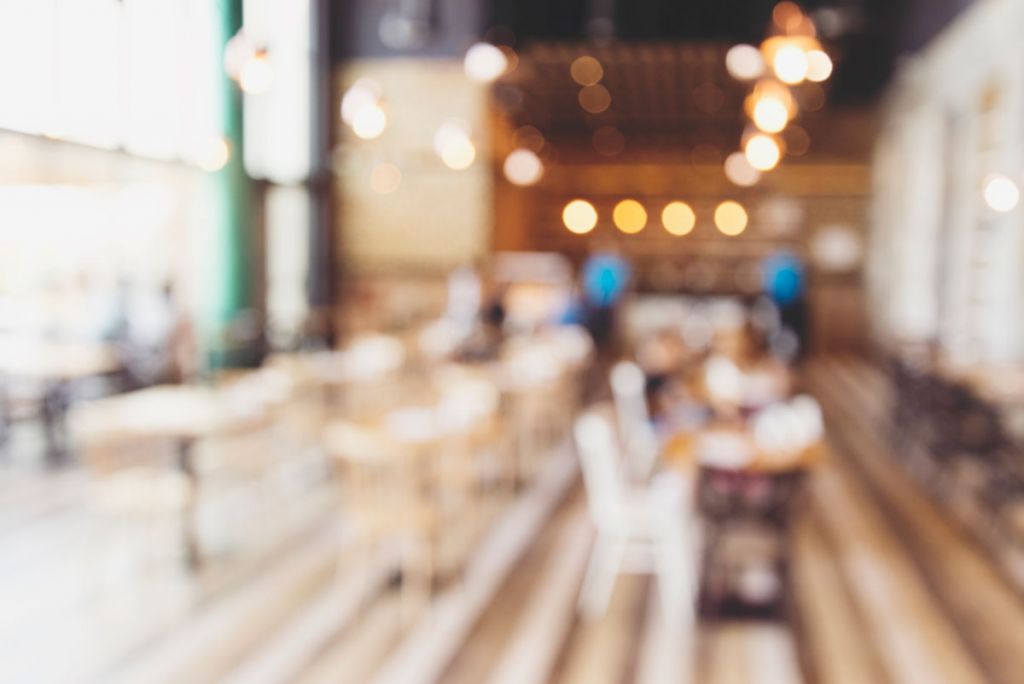Touring four staples of the American espresso menu
<Coffee for the Average Josh, Part 7 of 10>
What’s the right way to make a cappuccino? What is the proper ratio of espresso to milk to foam? Should it include a dusting of cinnamon or chocolate powder? Is a proper cappuccino wet or dry?
Cue Magic 8 Ball: “Reply hazy.”
You may as well ask me the right way to make a chocolate chip cookie. (It’s my wife’s recipe, and my youngest daughter nearly has it mastered, too.)
But while the “right” way is open to interpretation, a basic definition can help when touring four pillars of most American espresso menus: the cappuccino, latte, mocha and americano.
Cappuccino
What is it
Espresso topped by steamed milk topped by a thick layer of milk foam.
Trivia trio
- Monk business: Cappuccino takes its name from the Capuchin friars of Italy. When the drink was introduced in Italy, people thought the color of the espresso mixed with frothed milk looked similar to the color of a Capuchin robe. Note these same monks were so famous for their color scheme, when a species of similarly shaded primates were discovered in Central America they were dubbed “capuchin monkeys.”
- Wet vs. dry: The baseline for a traditional cappuccino is usually understood to include the milk and foam in equal quantities. Want more foam and less milk in the middle? Order your cappuccino dry. Want less foam and more milk? Order it wet, though some will argue you are elbowing into latte territory at this point.
- Sweet venti lies: A traditional cappuccino is known for a strong espresso flavor and for reasonably equal parts of milk and foam. Because of this, a cappuccino traditionalist will tell you that the idea of a 20-ounce cappuccino (or really anything much more than 8 ounces), is laughable. Why? The larger the drink, the more milk required, which dilutes the strength of the taste and makes achieving even ratios impossible. (Making the “microfoam” in large quantities is either a) impossible or b) requires ridiculous amounts of milk, depending on who you ask.)
Latte
What is it
Espresso topped by a generous amount of steamed milk topped by a thin layer of milk foam.
Trivia trio
- Gateway drug: Lattes are famously creamy. Indeed, espresso is such an intense coffee experience that when it first migrated out of Italy, foreigners found it bitter so they sweetened it with generous ratios of hot milk. The latte was born, and we are still experimenting with the right ratios of espresso dilution to this day. For many, this not only includes milk but a litany of syrups.
- Don’t order in Italy: When in Rome, be sure to order a “caffe latte.” Make the mistake of ordering just a latte, and the waiter will bring you a glass of milk. (“Latte” means milk in Italian. In a pinch, though, I think “Oreo” still means Oreo.)
- Not black and (flat) white: Want to add a layer of interpretation to the difference between a cappuccino and a latte? Done. The extra layer is called a flat white. The anecdotal origins of the flat white go back to Australians and Kiwis feeling ripped off by all the foam they were being served on their cappuccinos. Instead of a cup filled with “air,” they wanted it filled to the top with the foam chopped off — a flat, white coffee of espresso and milk. Thus, the flat white sounds very much like an Australian latte. Perhaps, but if you need to differentiate, here are two ways: 1) the foam on top may be even flatter in a flat white; 2) the drink typically features a stronger coffee flavor than a latte, gained by using a higher ratio of espresso to milk and/or ristretto shots.
Mocha
What is it
Espresso topped by steamed milk, milk foam, and chocolate (ooh, and maybe whipped cream!)
Trivia trio
- Cuckoo for cocoa: A mocha is a latte with chocolate, but from here the recipe diverts a million ways: varieties of chocolate from white to dark, forms of chocolate from syrup to powder, quantities of chocolate from chunks to dusting.
- Mocha vs. Mokha vs. Moka vs. Moca vs. Mocca: The word “mocha” first got mixed up with coffee not thanks to chocolate, but thanks to a port in Yemen. A Yemeni bean exported out of the Port of Mokha came to be referred to as mocha coffee. This coffee became so popular that many people took to calling coffee “mocha” the way some people call it joe. But the confusion was just getting started. In the 1930s, an Italian inventor came up with a new pot for brewing coffee and called it Moka (after this same port, by all indications). So it naturally follows that today, most American consumers only know the word mocha as referring to chocolatey coffee. Say what?
- So … about the chocolate: OK, so there are a couple possibilities as to how mocha became associated with chocolate. The first is that the Yemeni mocha bean wasn’t as fruity or floral as coffee from other regions and was more likely described as earthy — even “chocolatey.” At least that makes some sense. Another school of thought is that someone — probably an American — randomly put chocolate coffee on a menu as “mocha” one day and the muddled marketing just stuck. Either way, the word is far more rooted in an ancient Yemeni port than it is in chocolate.
Americano
What is it
Espresso mixed with hot water
Trivia trio
- It’s that dilution thing again: Like milk’s role in a latte, water serves as the americano’s star in taking the edge off the strong espresso taste. As such, the ratio of water to espresso can vary widely depending on the desired result.
- The ‘long black’ difference: A common way to make an Americano is to brew espresso and “just add water.” Some prefer the opposite approach, however: start with water and brew or pour the espresso on top. This drink is referred to as a long black, and its difference chiefly lies in the crema produced by the espresso. When poured last, it is less disturbed or mixed into the drink. Some people prefer this, while others find the crema, while pleasing to look at, adds unnecessary bitterness to the drink and should be removed.
- Made in America? There’s no doubt the name “americano” is a direct connection to America (the word is Italian for “American”). The most popular origin story may be apocryphal, but it’s become widespread: American GIs sent to Italy during and following World War II found the espresso to be too strong. They longed for coffee that tasted more like what they were used to back home, so they added water. Presto, americano!
Next week: “How much should I tip? (And other coffeeshop etiquette)”
This is the seventh in a 10-part series, “Coffee for the Average Josh,” releasing Fridays this fall. Get your fix of Coffee 101 by signing up to receive an email when the next post drops.
Previous:
- Where do coffee babies come from? (Oct. 2, 2020)
- Growing up on the coffee farm (Oct. 9, 2020)
- 3 reasons to pay more for your coffee (Oct. 16, 2020)
- 5 factors of great-tasting coffee (Oct. 23, 2020)
- How do you take your coffee? (Oct. 30, 2020)
- What is espresso? (Nov. 6, 2020)




2 Comments
Oh, Josh. I find that I look forward to your weekly coffee information in the same way that I long for my morning coffee. I feel so well informed, and although this probably won’t change my drinking habits (coffee-wise, anyway), I now have much to add to social-distanced conversations on the topic. Thank you for this witty info gift!
Judy, thanks so much for your kindness and encouragement!